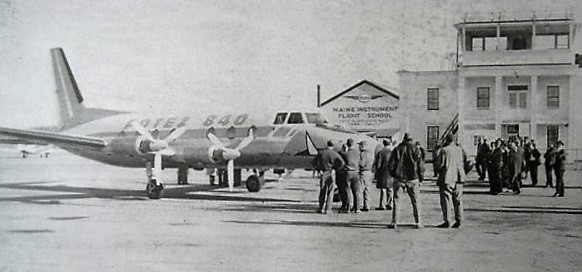HOURS: The Maine Air Museum will open for the season on May 31, 2025. Museum hours are Saturday from 10:00 to 4:00, and Sunday from 12:00 noon to 4:00.
The Dirigo Flyer
The newsletter of the Maine Aviation Historical Society
July - September 2018
NEW DISPLAYS AT THE MAINE AIR MUSEUM: This summer has been a busy one at the museum. Several new, exciting displays have been added thanks to donations by MAHS members and other generous Maine citizens. This edition of the Dirigo Flyer will introduce you to the new displays, and hopefully entice you to visit the museum to see the displays in person.
Read MoreApril - June 2018
Part Three of a Three-Part Story Commemorating the Maine WWI Aviator One Hundred Years Ago, by Bob Umberger and Dave Bergquist
Read MoreJanuary - March 2018
Part two of the three-part story commemorating the Maine WWI aviator 100 years ago: Shortly after the Armistice of November 11, 1918, that brought the Great War to an inconclusive end, prominent Boston citizens promoted an exhibit of New England aviators. This exhibit, which included a portrait of each aviator and a brief biography, was so well received by attendees, that the sponsoring patriots published a thousand copies of a two volume work titled New England Aviators. It is from this collection, for the most part, that the authors identified our "Maine WWI Aviators." Each had a significant Maine connection, either through birth, through education within our state during their formative years, or through their college education.
...
Read More
October - December 2017
Part one of a three-part series commemorating the WWI Maine aviator 100 years ago: After days of rain, Wednesday, April 4, 1917, dawned bright, clear, and brisk. It was a perfect day for a parade to make its way through downtown Bangor. Many thousands of men and women from civic, fraternal, and military contingents marched, while many thousands more lined the streets of the Queen City and cheered the participants on. Dubbed "Patriotic Day" by its organizers, this massive event sought to engage citizens in the major happening of the day, The Great War. Cities and towns across the state held similar events, all in response to heightening hostilities between the United States and the German Empire, particularly over the issue of unrestricted submarine warfare. Mainers, with their rich maritime history, readily identified with the rights of ships to sail freely on the world's seas without opposition or restriction.
Read MoreJuly - September 2017
EDITOR’S COMMENT: This edition of the Dirigo Flyer is being assembled on the final day of the Maine Air Museum’s 2017 season. The following pages will highlight the museum in its 16th year of operation: what’s new, what’s happening, what’s ahead, and how we are perceived. Please keep in mind that the museum needs you: your assistance, your visits, and your contributions in order to continue in existence.
Read MoreApril - June 2017
A long lone silvery aircraft with a wing span of nearly a football field lumbered over the city on its approach to Dow Field. Bangoreans were used to seeing multiple bombers flying to and fro over their city during the war years. But the war was over now, although only by a few months, and the local skies had quieted down. This plane, however, was different than any they had seen before; it was a Boeing B-29 Superfortress. Major David Adams, Airplane Commander, was at the controls of the monstrous aircraft as it touched down. Major Adams grew up on South Main Street in Brewer and was a veteran of the 19th Bombardment Group and the 43rd Bombardment Group, the latter stationed at Dow Field in the fall of 1941.
Read MoreJanuary - March 2017
News that Americans hungered for came on May 8th, 1945, when President Harry Truman announced that Nazi Germany had unconditionally surrendered to Allied Forces the day before. In less than three weeks, war-weary bombers appeared in the skies over Bangor on their way home through Dow Field. The first group of twenty homebound bombers landed on Friday, May 25th, refueled after their 1,600 mile flight from Greenland, and left for Bradley Field in Connecticut. Each bomber carried its flight crew and as many of the ground crew, usually 10-12 "anxious to get home soldiers," as was safe. Once at Bradley, the Army Air Forces issued each airman a 30-day furlough while telling each to prepare for duty in the Pacific. The AAF then flew many of the bombers to various depots where they planned to retrofit them for Pacific war duty; the war with Japan raged on.
Read MoreOctober - December 2016
The afternoon light was fading as Lt. Thompson began his descent southerly onto the new north-south runway when trouble appeared. The young pilot “undershot†the runway as he brought his ship down for a landing. The right landing gear collapsed, and the B-18 ground looped, flopped around like a fish out of water, and skidded off the runway across the safety strip, coming to rest at the edge of the grass. Base officials witnessing this mishap from their primitive control tower near the steel hangar sent the “crash wagon,†housed in the new central fire station, rushing to the scene.
Read MoreJuly - September 2016
This article seeks to highlight some of the many colorful, artistic, often humorous contributions to the MAM of this multi-talented and caring man. As Chairman of the Board of Directors, Hank’s vision of the Museum’s future affects us all. The Museum will greatly miss this remarkable man.
Read MoreApril - June 2016
This feature is just one example of the “one-off†stories and material that are hidden away in our museum archives, just waiting to be found and told. The aircraft in the photo to the left is a “Potez 840,†a three-man crew, French built, four-engine, turboprop monoplane for 18 executive passengers, with a range of 1,865 miles. The date was November 20, 1963, when the plane made a stopover at the Augusta Airport.
Read MoreJanuary - March 2016
Gary Ivan Gordon - A Maine Hero
Gary Ivan Gordon, a native of Lincoln, Maine was one of two 1st Special Forces Operational Detachment-Delta, or Delta Force, operators to posthumously receive the Medal of Honor. Bestowed by President Clinton on May 23, 1994, to their widows, these were the first Medals...
Read More











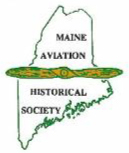
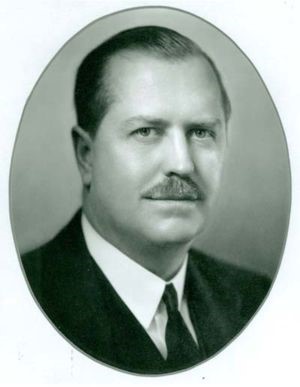
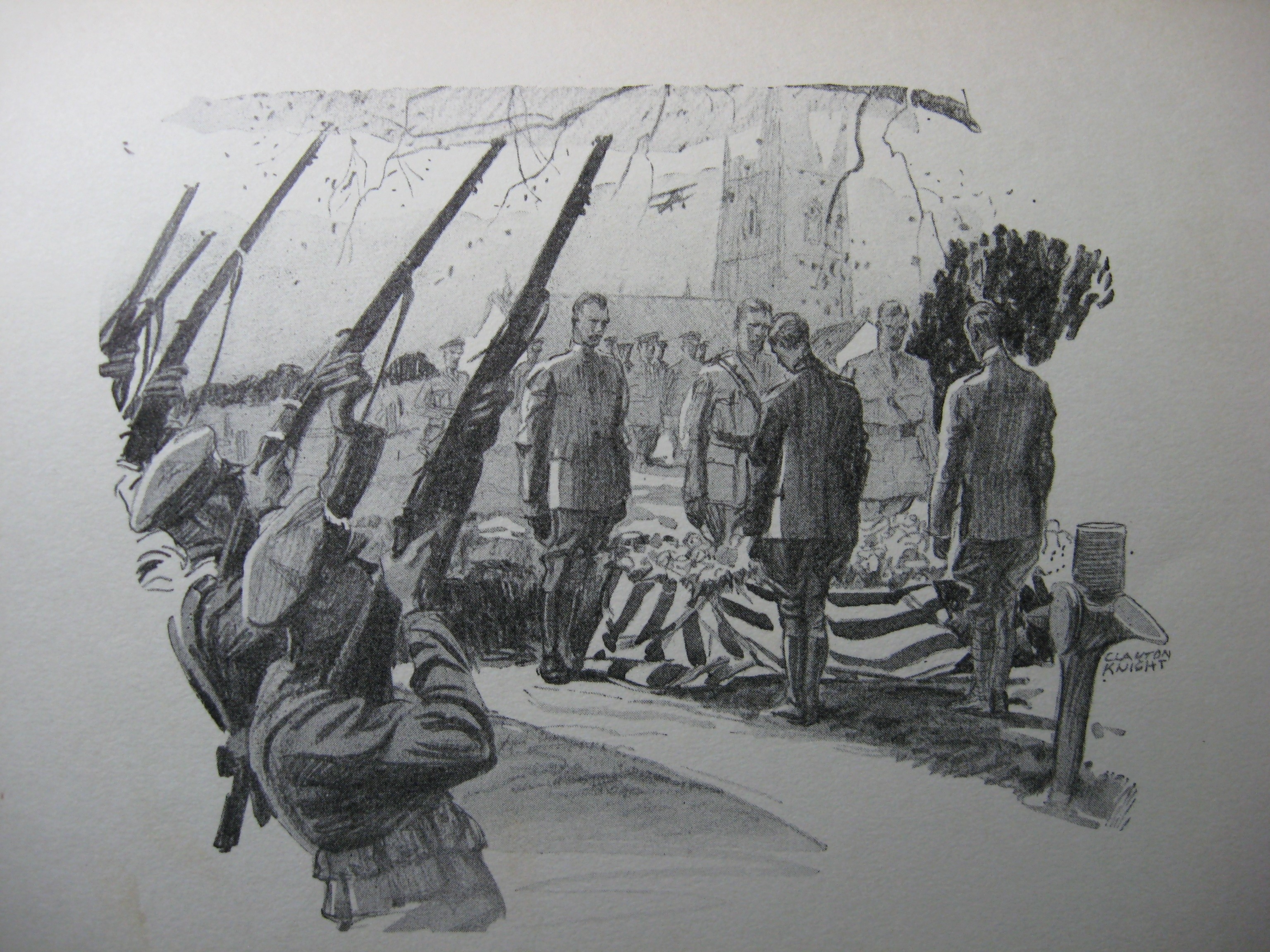
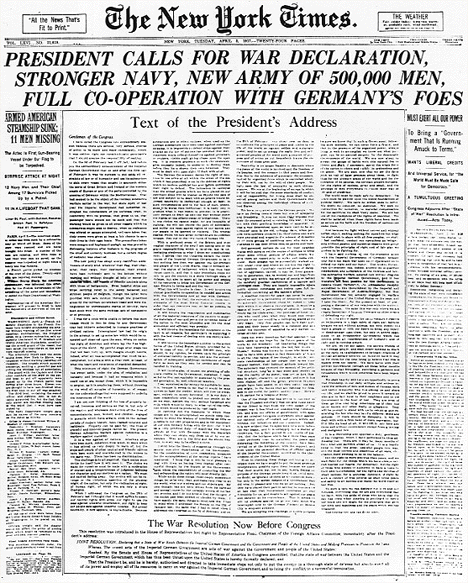
.jpg)
